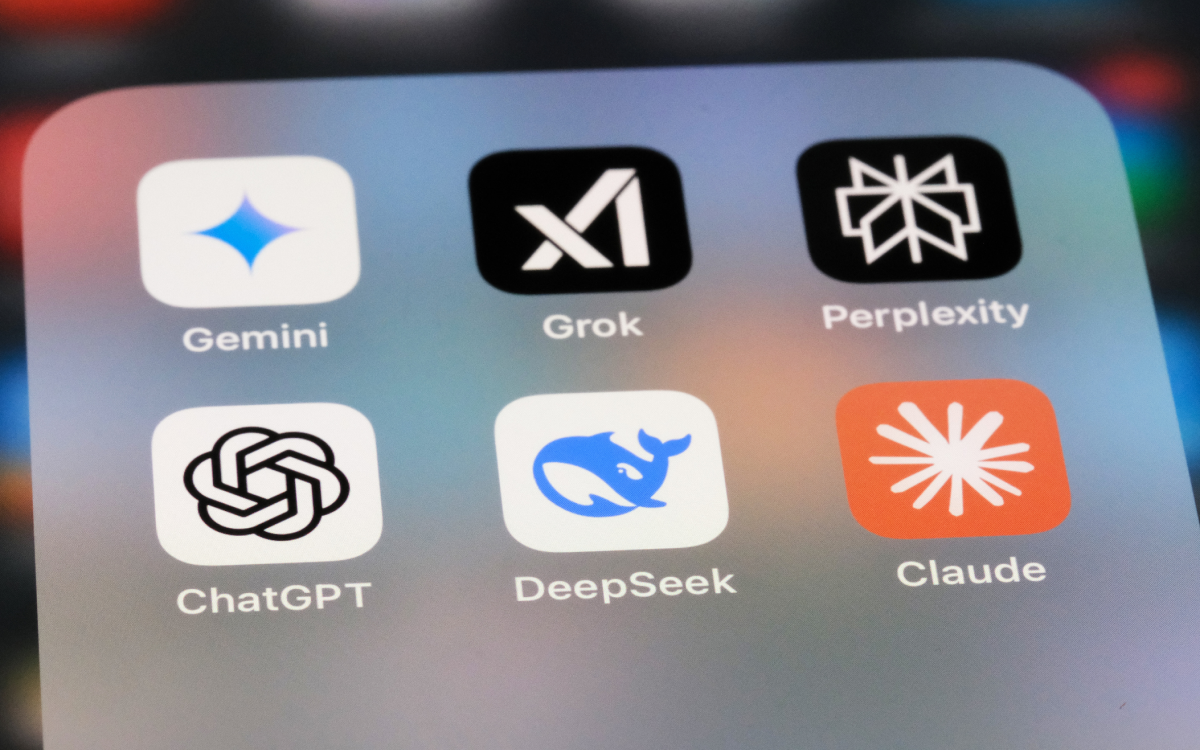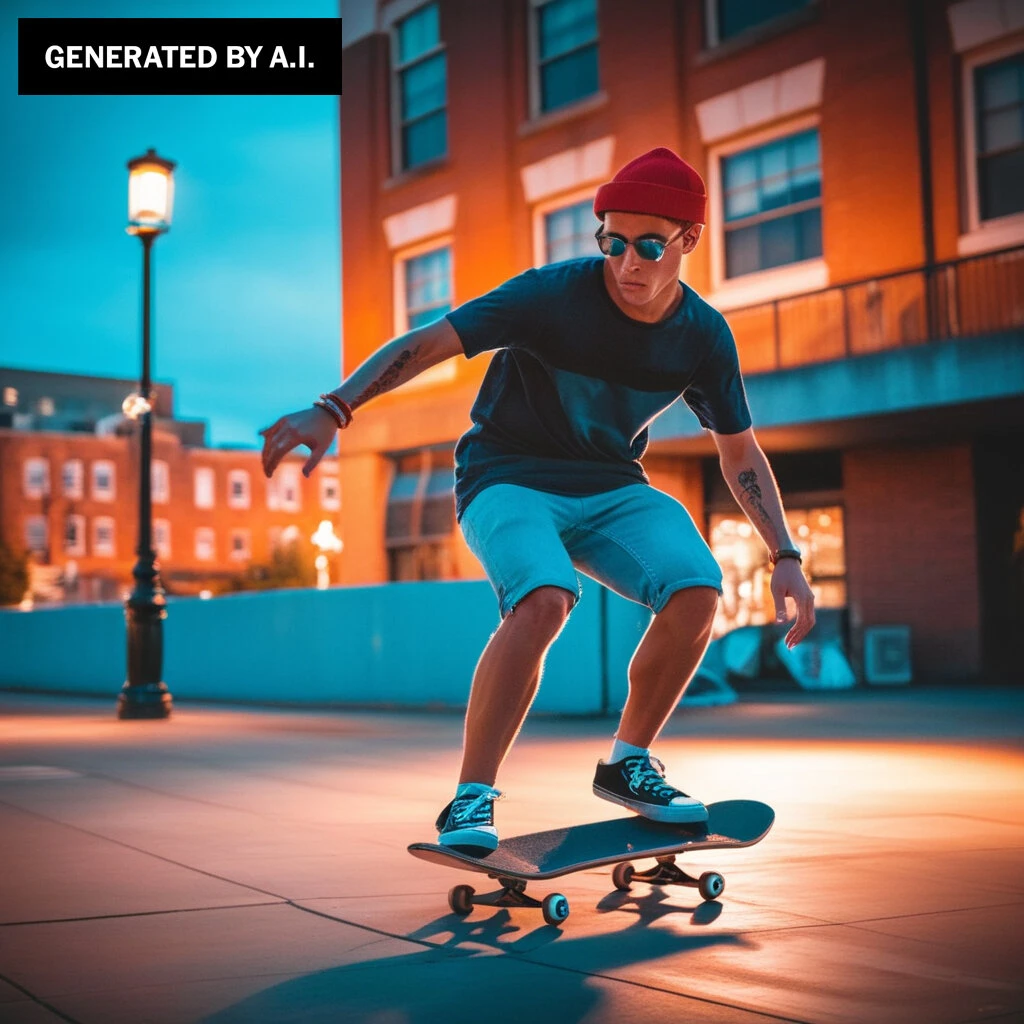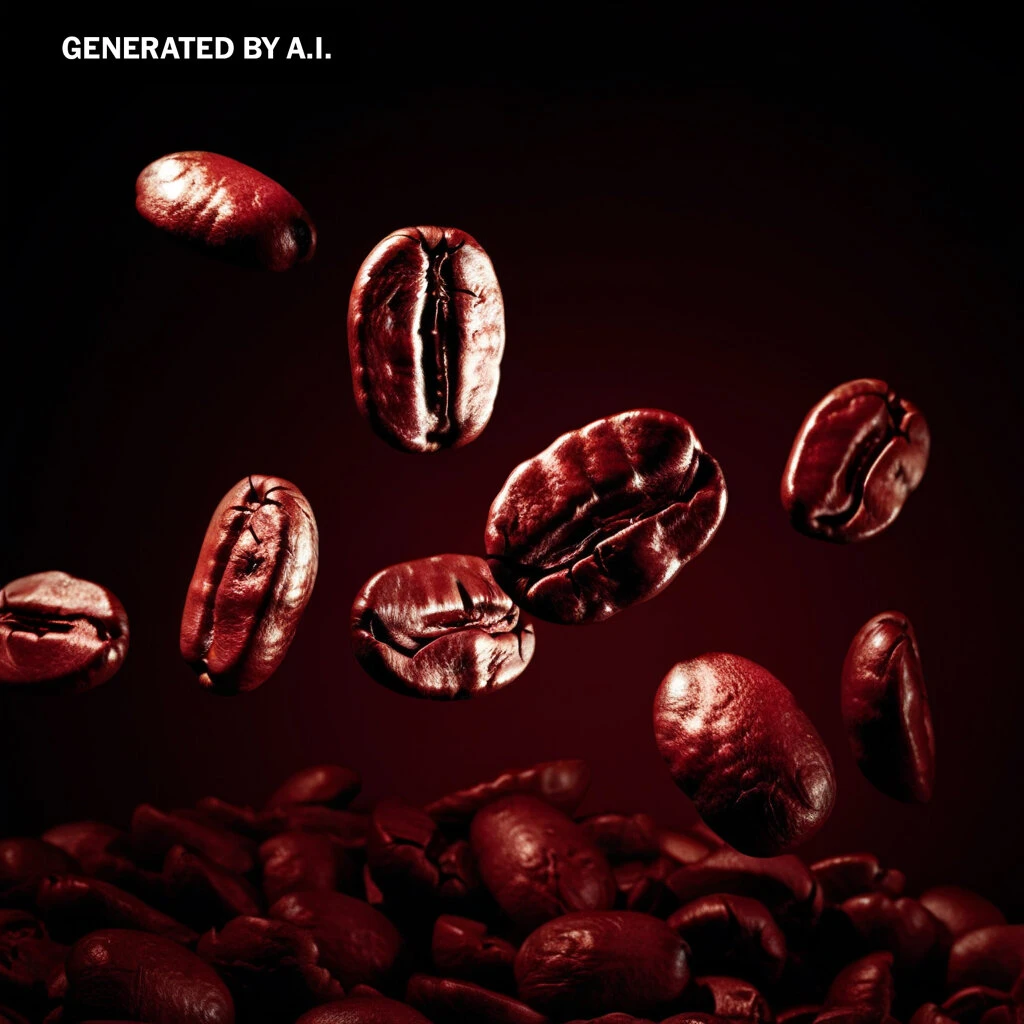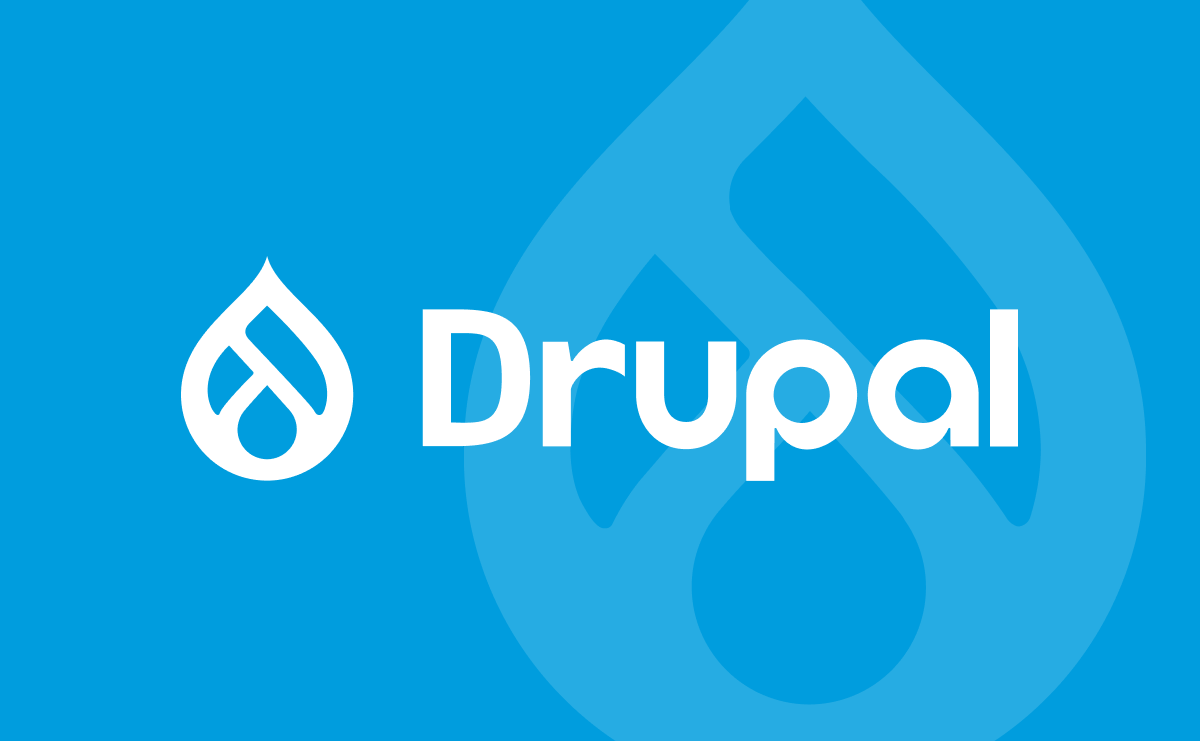
Introduction
Artificial intelligence has sparked a mix of excitement and anxiety across creative industries. While some fear it signals the end of human ingenuity, I see something different. Used thoughtfully, AI is not a replacement for creativity, but a catalyst. It gives us new ways to experiment, ideate, and scale. This post explores how AI can complement creative work without diluting the human touch that makes it resonate.
The Rise of AI in the Creative Industry
AI has moved quickly from novelty to necessity. It’s no longer the exclusive domain of tech firms or experimental artists. Today, AI is embedded in the tools we use every day. Canva, Adobe, Figma, and even Microsoft Office are adding AI-powered features designed to streamline design, writing, and ideation. There’s a sense of urgency, almost a race, among software companies to incorporate AI, whether it meaningfully adds value or not.
At the same time, specialized tools like Midjourney, Runway, and ChatGPT are being adopted across creative departments. Designers generate rapid visual drafts, writers use AI to overcome creative blocks, and marketers test content variations at scale. These aren’t just trends; they represent a fundamental shift in how we create and collaborate.
What AI Can Do Well (and Where It Falls Short)
AI excels at speed and scale. It can generate dozens of ideas in seconds, analyze audience data, and create moodboards, headlines, or even music with minimal input. It helps teams move faster, especially in early-stage ideation and repetitive tasks.
But it also has limits. AI doesn’t understand emotion, nuance, or context the way humans do. It can mimic creativity, but it doesn’t innovate. It lacks a sense of taste, cultural awareness, or the ability to challenge a brief in a meaningful way. That’s where human intuition still reigns.
As we assess AI’s growing role, it’s also important to consider the environmental footprint of these tools. Training and running large AI models require massive amounts of computational power, which in turn consume significant electricity and contribute to carbon emissions. According to a study by MIT, training a single large AI model can emit as much carbon as five cars over their lifetimes. As AI becomes more widely adopted, the creative community will need to weigh its benefits against these costs and advocate for more sustainable solutions.
Real-World Examples of AI-Enhanced Creativity
A creative director might use an AI tool to generate 20 logo variations based on a brand moodboard, then refine the top three with a design team. A copywriter can input a rough outline and get back a working draft, then polish it into something with voice and depth. At the strategy level, AI can pull trend insights from mountains of data, letting creatives focus on how those trends translate to ideas.
The most exciting use cases don’t replace people; they give them room to push further.
When and How to Use AI
The key is knowing when to lean on AI and when to lead with human insight. Use AI for:
- Generating initial ideas or rough drafts
- Exploring variations quickly
- Structuring raw data into something usable
Lean on humans for:
- Brand voice and emotional tone
- Storytelling, intuition, and moral judgment
- Final decisions and taste
Think of AI as a brainstorm partner, not a project lead.



Addressing Ethical and Creative Concerns
There are still questions to answer. Who owns AI-generated work? Should clients know when AI contributed? And how do we make sure our inputs into these tools don’t feed biased or unethical outputs?
Another growing concern is the way creative work is being used to train AI models. Stock photo libraries, digital art portfolios, and even text from published content are often scraped and fed into large datasets without compensation or consent. Artists and creators are rightly demanding more transparency and protection, calling for opt-out mechanisms and new licensing models that give them control over how their work is used. As AI tools become more sophisticated, the line between inspiration and appropriation will only get blurrier.
Transparency matters. So does using AI with intent. Like any creative tool, it should be guided by human judgment and responsibility.
Final Thoughts
AI doesn’t threaten creativity; it invites us to rethink how we create. The tools are new, but the goal remains the same: to tell stories, build brands, and spark emotion. As long as humans stay in the driver’s seat, AI can be an incredible copilot.
Experiment. Be curious. Let the machines help you, but keep the final word for yourself.
Other Recent Posts in Design & Web Development
AI is transforming creative industries, but it’s not here to replace human creativity; it’s here to enhance it. In this post, we explore how AI can elevate your work, its potential pitfalls, and why ethical considerations matter more than ever.
Drupal gets a bad rap sometimes. Join us in exploring the use cases where Drupal shines and why experienced, strategic developers are essential to getting it right.
Share this post on your social profile:
With more than a decade of agency and in-house experience, Ben is a seasoned veteran of the marketing world and leads YMC’s marketing strategy efforts. From project management to brand marketing, Ben’s depth of experience has helped him develop a well-rounded and detail-oriented approach to solving even the most complex marketing and brand challenges. Most recently, Ben served as the Director of Brand Operations & Strategy for Bonterra – the world’s second largest and fastest growing social good technology company.
Want to get our blogs directly to your inbox?
Enter your email to sign up for our point of view on marketing trends, brand strategy, and sustainable business.



